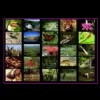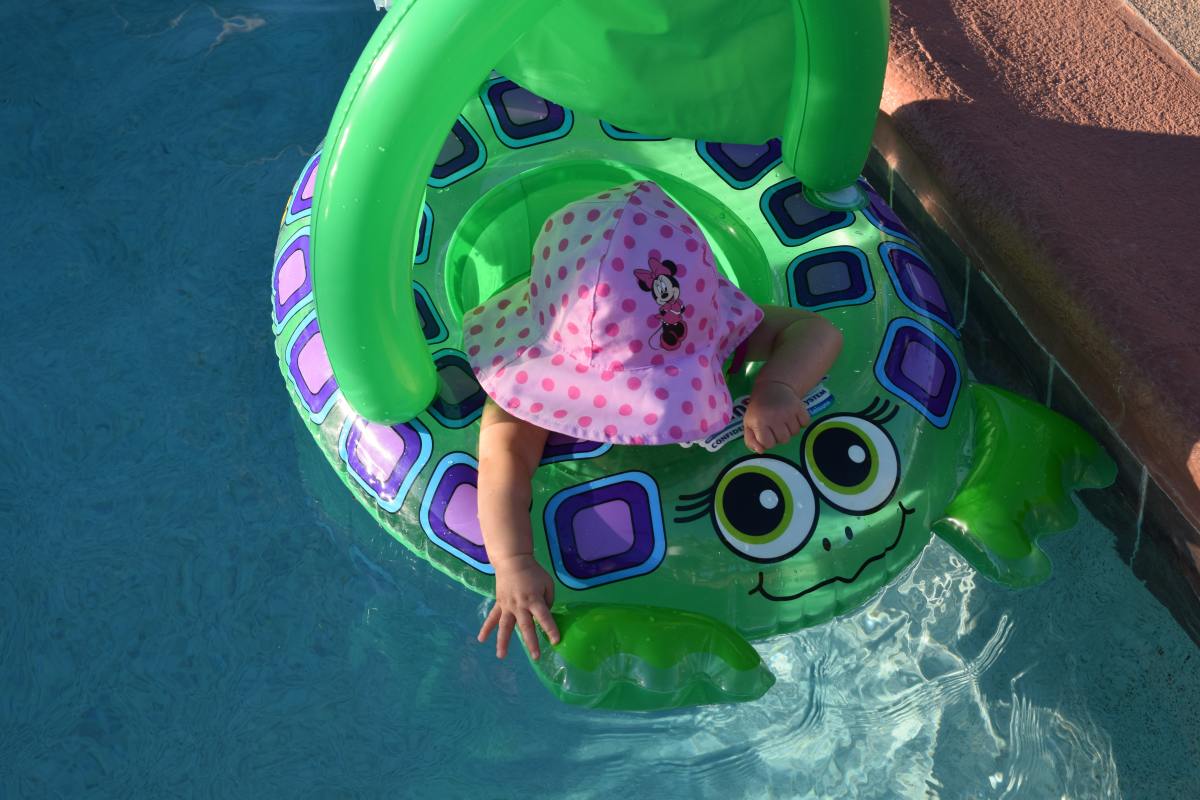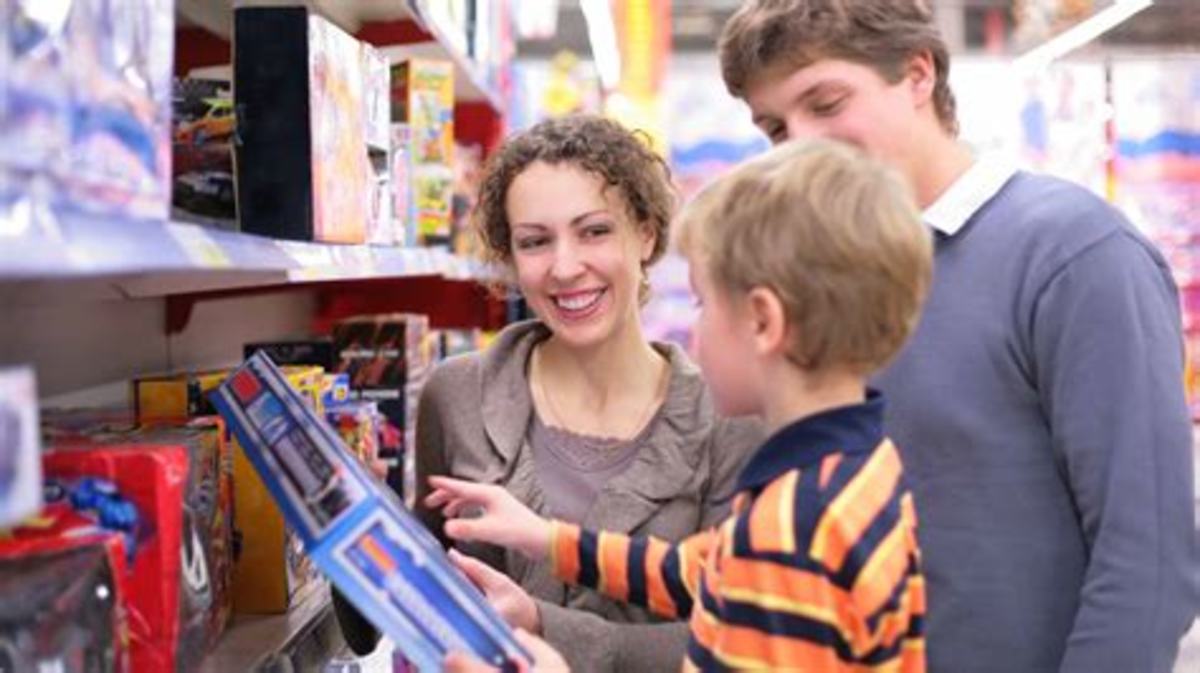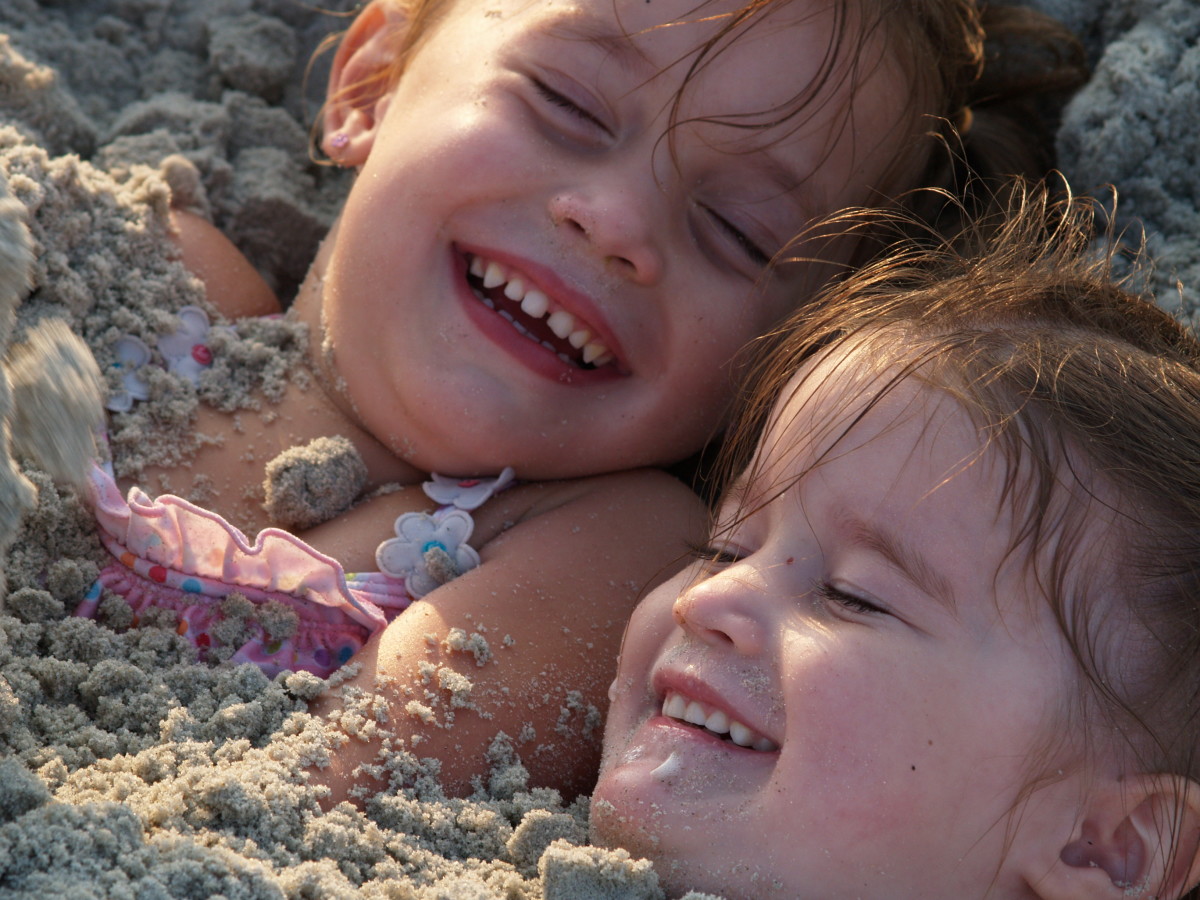How Safe Is That Toy?
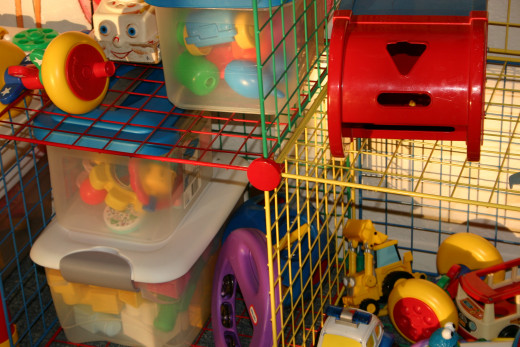
Every so often we hear that a major
manufacturer of children's toys has recalled products. Often the
problem is something undetectable to unsuspecting parents, like a high
lead content in paint, or insecurely attached small parts. Customers
have no option but to purchase from companies they consider to be
trustworthy, and have faith that the safety standards are high.
However,
parents do not have to leave all responsibility with the toy
manufacturers. It is quite simple to check a toy for potential dangers,
and possibly save a child from injury or worse.
Here is a ten point safety check list of some of the issues to watch for:
- Small parts. Young children actually learn by feeling things with their mouths, so it is completely natural behavior to suck objects. Small pieces can easily be swallowed or inhaled, which can result in choking or suffocation. A type of toy often missed in this category is the soft toy stuffed with plastic pellets or polystyrene beads. Decorative buttons and beads can come loose and be swallowed. Many toys will give a recommended lower age limit of three years, simply because most children have stopped testing everything orally by that age. An easy solution is to remove small parts on a toy, and replace them once the child is old enough.
- Sharp edges and points. Children move quickly and unexpectedly, and can be unpredictable in the way they handle objects. Anything sharp or pointed which could cut or poke, especially in the eye area, should be avoided. Adult supervision is fine, but the adult should be alert to avoid accidents not only to children but to themselves.
- Cords or ropes. Anything which can go around a child's neck can cause strangulation. Be aware of what can be reached from the child's cot or crib. Mobiles can be dangerous if they can be reached. This also applies to items which are not toys, such as cords for window blinds and decorative ribbons.
- Balloons and plastic bags (including the packaging). Balloons are fine while they are inflated, but once they lose air or burst, the rubber becomes a dangerous choking and suffocation hazard. Children love to dress up, and will place items on and over their heads. Tragically the common plastic bag becomes a very real danger, as a child cannot breathe through the plastic. Throw all packaging away and make sure the toy has nothing which could be placed dangerously over the head.
- Foam and foam-filled toys. While a foam toy might look safe, young children could easily bite a small piece off.
- Projectile toys. Anything that fires out of a toy will travel at a fast speed, and could harm a child at close range. There have been many injuries cause by toy guns and bows and arrows. Even if the projectiles have safety tips, never forget that children are creative and might find other items to fire from the toy.
- Ride-on toys. No matter how safe bikes, scooters, rocking horses and other ride-on toys are, they will be dangerous if not used correctly. Firstly check the recommended age and stick to the manufacturer's guidelines. Look for stability - make sure that the toy will not easily fall or tip over. Rocking horses can flip if the runners are not long enough. Wheels and fixtures should be securely attached. Watch for chains or moving parts where small fingers could get caught. Purchase safety equipment such as helmets and pads when available. Above all, supervise until you are confident in your child's ability.
- Loud toys. Children have sensitive ears, so avoid toys which are very loud, or can be turned up to be loud. Try holding the toy to your ear when it is at its loudest. If it is uncomfortable to you, don't buy.
- Toxic or poisonous toys. Look at the labels of products such as drawing equipment or modeling clay, or any toy which contains liquid of any sort. Choose non-toxic items, as children will almost always put these items in their mouths. Even if the liquid is enclosed, a break could see it spilt and accidentally swallowed.
- Battery operated toys. If a toy has batteries, look for the type where the battery panel is safely screwed down. Check that the screws are secure. Batteries contain acid, and are very dangerous if swallowed.
Obviously, the very best way to try and ensure the safety of children is diligent adult supervision. Nevertheless, if risk of accident or injury can be reduced, it is a very positive measure.
